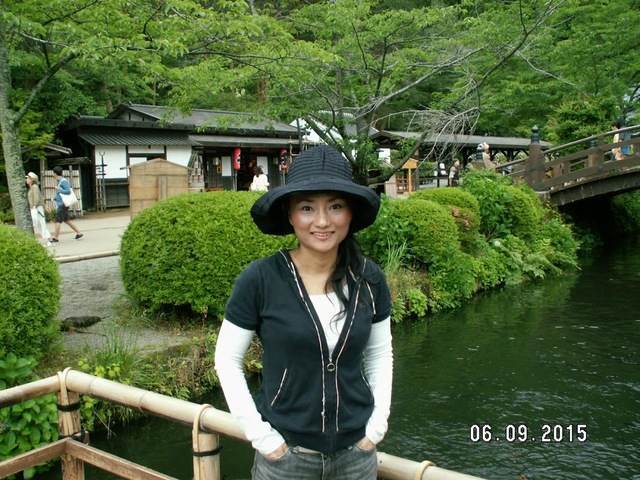行学は実践することであるという。
Said that study of deed is to practice.
繰り返し行い身につける修行の意味でもあるようだ。
It also meaning of training that can be acquired by doing repeatedly.
Wikipediaの『行』のサンスクリット原語は
Sanskrit language word of 『Deed』 at Wikipedia
सँस्कार saṃskāra(形成力、形成されているもの)
(a force of formation, formed)
सँस्कृत saṃskṛta(形成されたもの、有為)である。
(formatted, conduct)
形成力はあるものを形づくる力のことで
Formation force is a force of making shapes and
体験や感情表現に一定の形式を与えることにより
-it inflicts a certain form to an experience or emotional expression,
具体的な形態を生み出す作用だという。
-it also refers a work to produce a specific figure.
形成は形象を作り出し、
Formation creates species (image)
現実において概念と対象を一致させていくようだ。
-it conforms concept and object in its reality.
その過程で生じる認識を
The cognition that accrued during formatting,
仏教では5種の現象に分けて示し、
-it is divided into 5 kinds of phenomena in Buddhism way,
『色』『受』『想』『行』『識』に表している。
-referring as『Form』『Receiving』
『Image』『Deed』『Awareness』
物質界の存在は『色』に分け、
Material existence classified as『Form』
精神界の作用は『受』『想』『行』『識』で表している。
Mental functions represented as
『Receiving』『Image』『Deed』『Awareness』
それら5種の現象は人間の心身の機構を説明していて、
These five phenomena explain mechanism of human body and mind,
その中の『行』は
-the part of 『Deed』
心の働きが一定の方向に作用していくことであるようだ。
-it represents the mental function working to a certain direction.
先週末にその『行』を実行したことで
By done accomplishment of 『Deed』last weekend,
心の作用が身体の機能と結合し、
-mental function has combined with physical mechanism,
行いと想いを一点に一致させることができた。
I was able to conform doing and imagine at one point.
私の家の庭は四面に広がり
My garden has four parts,
木々に囲まれているから
-and it surrounded by trees,
それらの木の葉っぱが落ちると
-when those leaves fall,
その量は膨大になる。
-the amount of leaves become tremendous.
落ち葉で玄関までの道が埋もれ
The side walk to the entrance buried with fallen leaves,
どこを歩いたらいいか分からなくなるのだ。
-I can’t see where to walk.
その積もった落ち葉が
The filled-up leaves
風で近所迷惑になるので
-can make neighborhood nuisance in a windy day,
夫と私は二日計画で庭掃除をした。
-my husband and I cleaned our garden on two days plan.
1エーカーにびっしり積もった落ち葉を二人で掃き終えた。
We have finished sweeping all densely filed-up leaves in one acre,
終わるまで掃く、その一心であった。
Sweeping until it was over, we did with singular intently.
ただ掃くことによって
By doing just sweeping,
筋肉の痛みに気が向かなくなり
-it led to distracting from muscle pains,
疲れで止めたくなる願望も掃けることができた。
-also, I was able to sweep the desire wanting to stop because of tiredness.
掃き終わることが目的なので
Finishing was the purpose,
その過程で生じる身体反応は
-so that physical reaction in the processing,
掃かれる落ち葉のように
-it was like fallen leaves to be swept away,
一か所に集められ捨てられる。
-gathered in one place and thrown away.
掃く作業は結果的に苦痛を形成し、
Sweeping work formatting physical pains as its result,
疲労も形象させていたが
-it also drawn a tiredness but
その作られた心的状態を
動作に向けることで
-by turning formed mental condition to acting,
行為に心的な作用を結合できたのである。
I was able to combine doing and mental working together.
『行』を行うことで
Doing 『Deed』
肉体苦痛も
波が打っては消えていくように
-as wave hitting the bank and soon disappearing,
-the physical pain also,
心的現象として
刹那に存在しても
-can exist as a mental phenomenon
-at a very moment,
やがては波のように消えていく。
-eventually it will disappear like a wave.



















